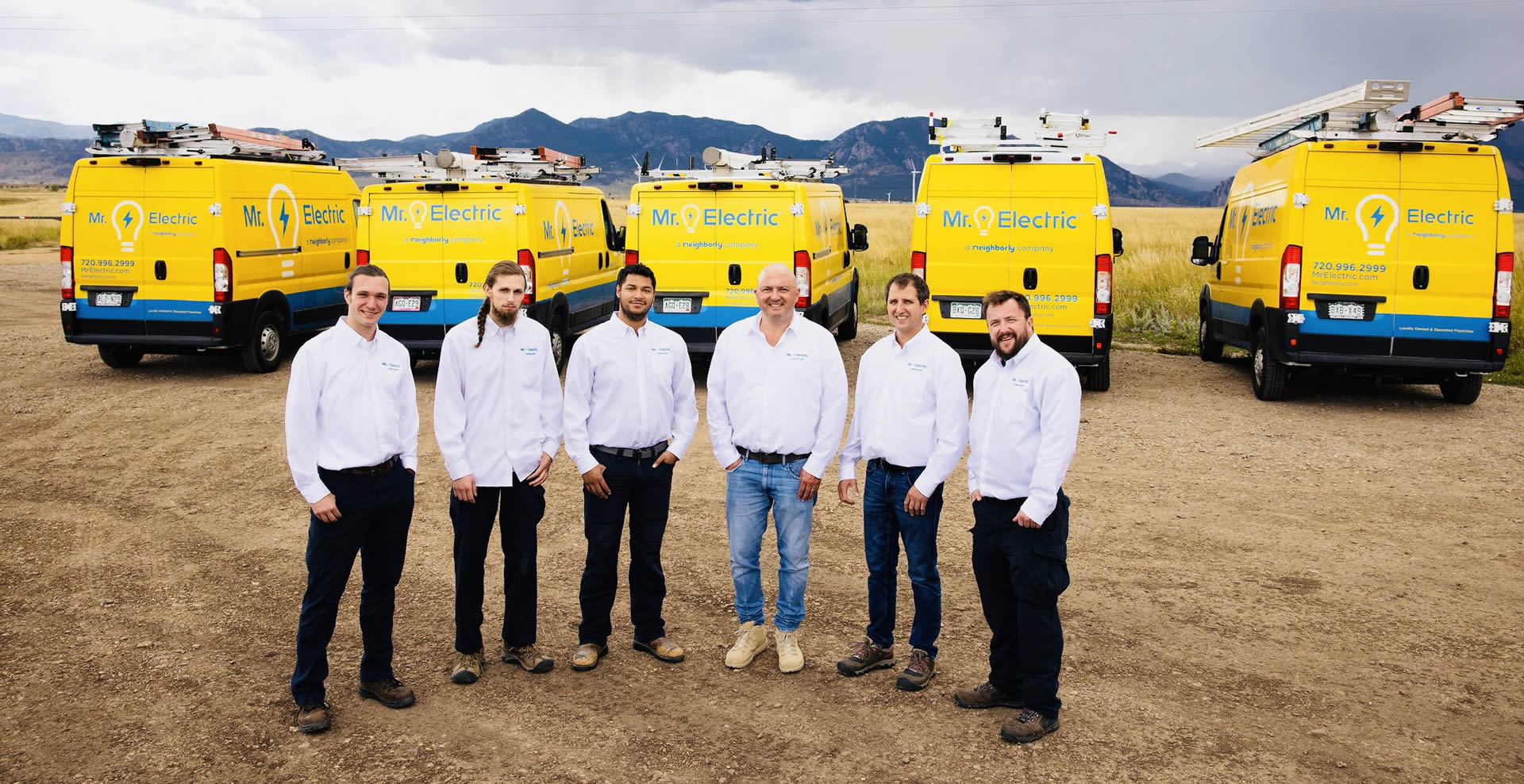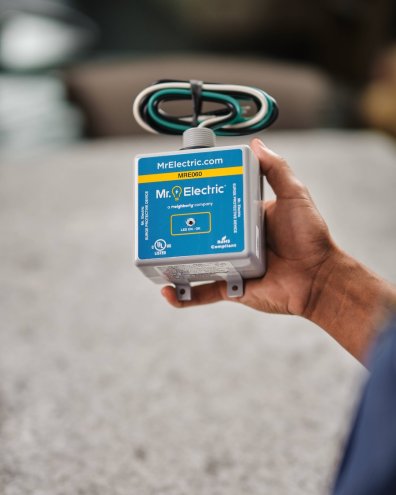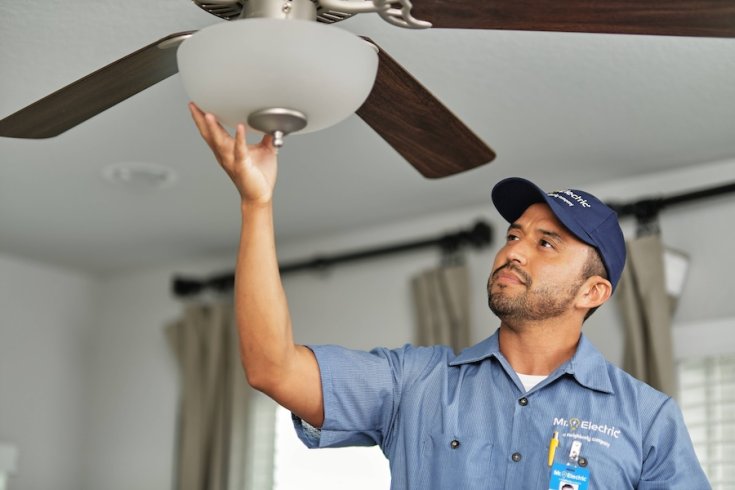When a storm rolls in, most people worry about rain, wind, or falling trees. Few stop to consider the threat hiding in the walls of their homes. Power surges strike in an instant, and the damage can last long after the skies clear. For businesses, one unexpected surge can wipe out thousands of dollars in equipment, bring operations to a halt, and create ongoing electrical issues. At Mr. Electric, we know firsthand how storm season raises the stakes for electrical safety. To protect your property, you’ll want to understand what surges are, how they strike, and what you can do to stay safe. Keep reading to learn how to reduce your risks before the next storm arrives.
What Really Happens During a Power Surge
A power surge is a sudden spike in voltage that flows through your electrical system. It can come from a lightning strike near your building, a downed utility line, or a problem inside the grid. While most systems are designed to carry a steady flow of electricity, surges force an overload of energy into your wiring. That overload travels fast and usually strikes sensitive equipment first. Devices most at risk include computers, point-of-sale systems, phones, and security cameras. Household appliances like refrigerators or printers can be damaged as well. Warning signs include flickering lights, breakers that trip, or odd smells near outlets. In severe cases, parts can burn out right away. Many people think surges only happen during storms, but smaller spikes in voltage occur every day. These lower-level events may not destroy your electronics right away, but they chip away at your equipment’s lifespan. By the time a major storm hits, your systems may already be weakened and vulnerable.
Why Storm Season Makes Surges More Dangerous
Storm season brings conditions that create the perfect storm for electrical damage. Lightning is the most obvious threat. Even if it doesn’t strike your building directly, a hit anywhere nearby can travel through power lines, phone lines, or the ground itself. The sheer energy of a lightning surge can fry an entire system in seconds. Wind and rain add more risk. When trees fall onto utility lines, the sudden stop and start of electricity traveling through the grid causes spikes. Utility crews may cycle power on and off during storm restoration, which also sends waves of unstable voltage through connected buildings. Equipment failures can also lead to fire or injury. Damaged wiring hidden behind walls can stay hot long after the storm, which puts your entire property at risk without immediate signs. Qualified electricians can inspect your wiring, check grounding, and verify whether your home or building is ready to handle the pressures of storm season. An inspection is one of the simplest ways to prevent an emergency later.
How Surges Damage Your Business Equipment
Electrical surges affect every category of equipment differently. Computers and servers are especially sensitive, and one incident can corrupt data or wipe out months of storage. Phone lines and security systems can also fail silently, which leaves problems hidden until you need to rely on them. Refrigerators, HVAC units, and other large appliances can suffer serious motor damage. Coils overheat, wiring burns, and components wear down faster than expected. Lighting is also at risk, since repeated surges reduce the life of LED fixtures and ballasts. Every breakdown adds not only repair costs but also hours or days of reduced productivity. An electrical repair may solve the problem, but it doesn’t restore what was lost in terms of data or revenue. Replacing equipment unexpectedly also strains budgets that were never planned for such emergencies. Because so many systems are interconnected, one surge can cascade into several failures. A point-of-sale terminal may go down, the router may fail, and the HVAC system may stall all in the same afternoon. Without a strong defense in place, businesses find themselves constantly reacting to new problems.
The Smartest Way to Protect Your Property
The most reliable defense is professional surge protection installation. Power strips with built-in surge protectors may offer a little peace of mind, but they aren’t designed for large demands. Whole-home or whole-building systems direct excess voltage away from your wiring before it reaches your outlets. This type of system is installed directly into your electrical panel by an electrician. Once in place, it works continuously, even when no one is on site. During a storm, it acts as a barrier between the grid and your property. With the right equipment, even a lightning strike nearby can be redirected safely into the ground.
Do You Need a Reliable Electrical Service?
Every storm season brings uncertainty. You cannot control when or where lightning will strike, but you can control the condition of your electrical system. Taking steps now lowers your risk of outages and dangerous conditions later. Call experienced electricians who know how to prepare your home or business for bad weather. They can explain your options for surge protection installation in Aurora and recommend the best setup. At Mr. Electric, we provide electrical service designed to keep your life running without interruptions. Our team is trained to handle everything from preventive inspections to fast electrical repair when problems arise. Storm season does not wait, and neither should you. Contact us today to schedule your appointment.








